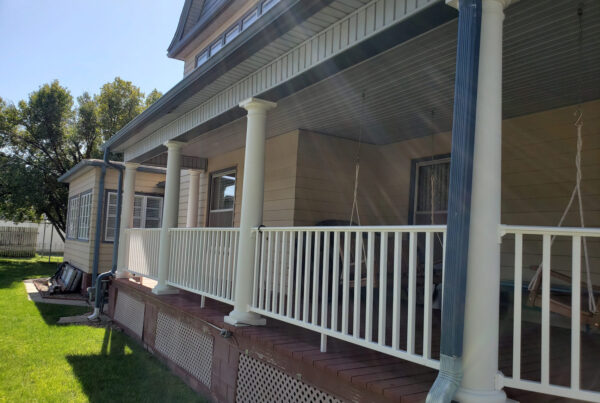Introduction:
In the fast-paced world of lumber and building materials, businesses often find themselves grappling with aged inventory, despite their best efforts. It’s a challenge that transcends the industry, affecting companies big and small, no matter how seasoned or well-managed they may be. However, what sets successful businesses apart is their ability to have a proactive process in place, rather than scrambling to react when faced with excess stock that’s gathering dust.
The Importance of Addressing Aged Inventory:
Aged inventory in the lumber and building materials sector can lead to increased storage costs, decreased liquidity, and missed opportunities for revenue generation. It’s a reality that even the most diligent businesses encounter. However, what truly matters is having a structured process and the right tools to address this issue effectively. This is where having a dashboard and measuring tool becomes invaluable, enabling businesses to track inventory aging, identify trends, and take proactive steps to mitigate risks.
Understanding the Causes:
Common causes of aged inventory in the lumber and building materials industry include fluctuations in construction demand, shifts in consumer preferences, and supply chain disruptions. It’s essential for businesses to acknowledge that these challenges are part and parcel of the industry, but with the right approach, they can be managed effectively.
Strategies to Sell Aged Inventory:
1. Discounts and Promotions:
– Offer discounted pricing on aged inventory items, such as Commodity SPF Lumber or composite decking, to incentivize purchases.
– Create limited-time promotions or bundle deals to generate urgency and drive sales.
2. Targeted Marketing Campaigns:
– Utilize data analytics to identify segments of customers interested in lumber and building materials.
– Tailor marketing messages to highlight the value and unique features of aged inventory products, addressing specific pain points or needs of the target audience.
3. Cross-Selling and Upselling:
– Pair aged inventory items with complementary products to encourage additional purchases.
– Showcase the benefits of purchasing related items together, such as cost savings or enhanced project efficiency.
4. Liquidation Channels:
– Explore liquidation channels, including online marketplaces or specialized liquidation companies, to sell aged inventory at competitive prices.
– While margins may be lower, liquidation can help clear out excess stock efficiently, freeing up space for newer inventory.
5. Repurposing or Rebranding:
– Investigate opportunities to repurpose aged inventory for new use cases or markets.
– Consider rebranding or packaging changes to appeal to different customer segments or enter new markets with aged inventory products.
Case Studies or Success Stories:
Case Study 1: Lumber Retailer X
Lumber Retailer X faced a challenge with a surplus of aged Commodity SPF Lumber due to overestimation of demand in a particular region. By implementing a targeted marketing campaign, they offered discounted pricing on the aged inventory through their online platform and highlighted the quality and durability of SPF lumber for various construction projects. The result was a significant increase in sales of aged inventory, clearing out excess stock and creating space for newer, more in-demand products.
Case Study 2: Decking Manufacturer Y
Decking Manufacturer Y found themselves with excess inventory of composite decking following a shift in consumer preferences towards alternative materials. Instead of resorting to drastic price reductions, they decided to repurpose the aged inventory for niche markets. By partnering with local artisans and DIY influencers, they showcased creative ways to use composite decking for custom furniture and outdoor decor. This innovative approach not only cleared out aged inventory but also generated buzz around their brand and attracted new customer segments.
Conclusion:
By acknowledging the inevitability of aged inventory challenges and adopting a proactive approach, businesses in the lumber and building materials industry can unlock value, optimize their operations, and enhance their competitive position. Having a structured process, utilizing measurement tools, and implementing strategic solutions are key to effectively managing aged inventory and turning this challenge into an opportunity for growth and profitability.
Additional Tips:
– Incorporate visuals such as photos of aged inventory items or construction projects utilizing these materials to enhance engagement.
– Include quotes or testimonials from industry experts or satisfied customers to add credibility and authenticity to your content.
– Keep the tone conversational and empathetic, reassuring businesses that they’re not alone in facing aged inventory challenges and offering practical solutions to overcome them.









